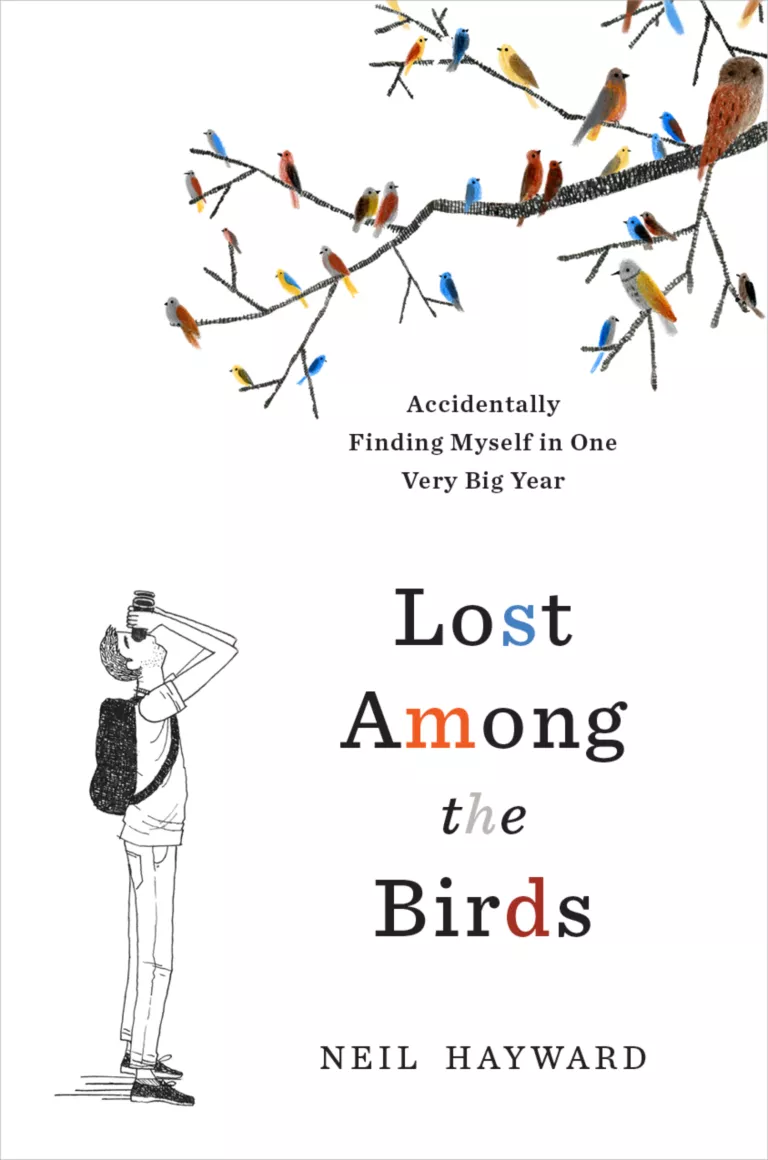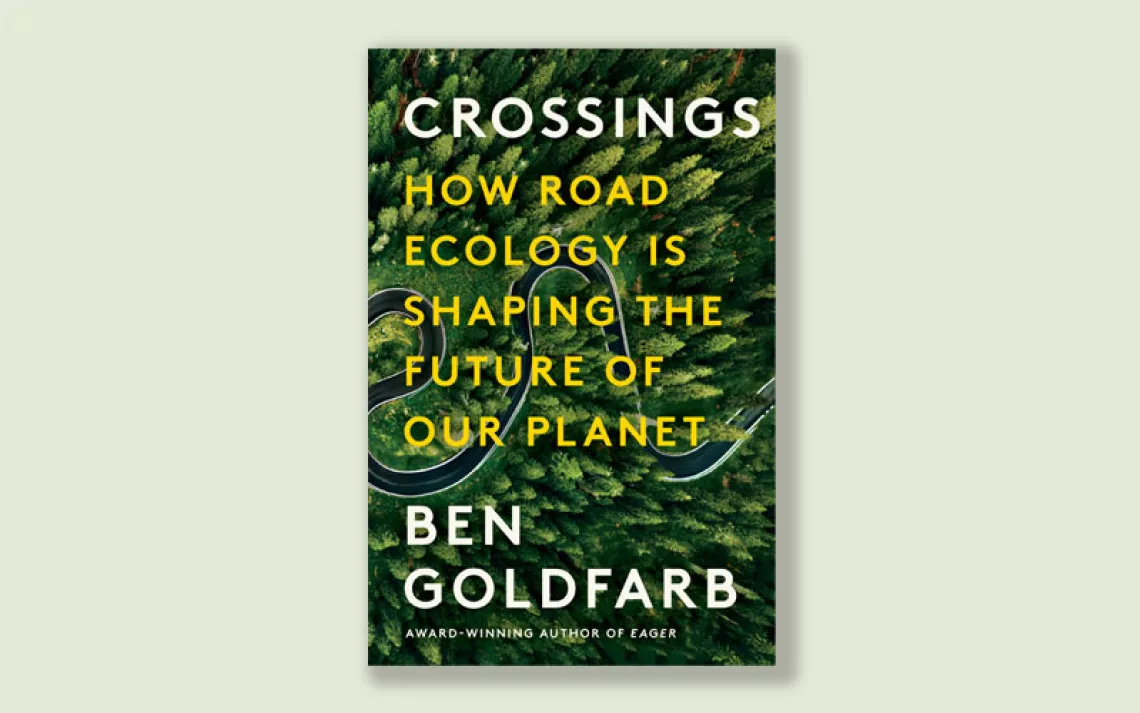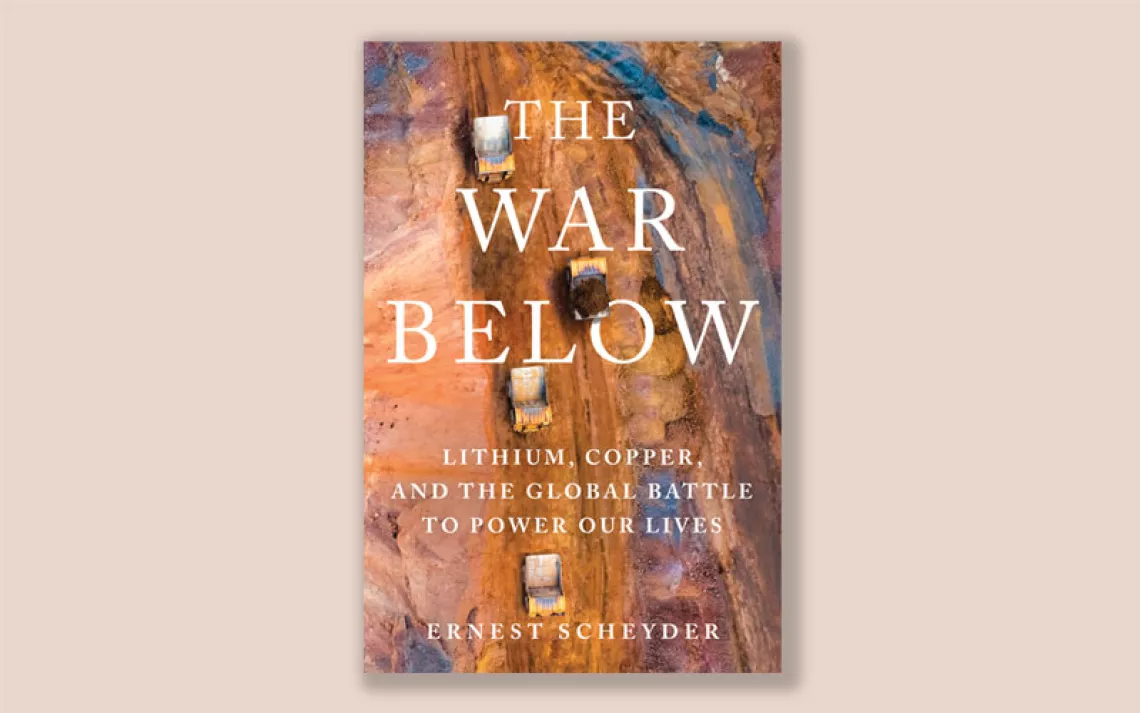Saved by the Birds

When life’s hard decisions are staring you down, the thing to do is procrastinate. Neil Hayward, a shy Englishman living in Boston needs to figure out how to jumpstart his erstwhile career, what to do about his lovely girlfriend, and why, at the ripe age of 39, it seems like the best of life is behind him. Instead, he goes to see a rare Nutting's flycatcher in Lake Havasu, Arizona. And then a red-flanked bluetail in Vancouver, a gray partridge in Calgary, and ultimately more than 700 birds across North America. Suddenly a small midlife crisis becomes a Big Year of birding—and the subject of his memoir Lost Among the Birds: Accidentally Finding Myself in One Very Big Year (Bloomsbury USA, June 2016).
In the parlance of birders, a Big Year is an informal race to see or hear the most birds within a geographical area—in this case, the United States and Canada—during the calendar year. Many will have heard of the swashbuckling Sandy Komito, whose 1998 record of 748 birds was the subject of Mark Obmascik’s wonderful book, The Big Year: A Tale of Man, Nature, and a Fowl Obsession, a yarn so rollicking and uproarious it inspired a movie. Hayward can’t help but traverse similar territory: There are rare bird alerts, hikes, pelagic tours, long drives, and birds that get away. But where Big Year chronicles personalities and a fierce, financially and physically grueling competition, Lost Among the Birds takes a more contemplative and friendly approach to the journey. It is also written with great attentiveness to the birds.
“If there are two things birders are good at,” Hayward writes, “it’s counting and driving. (Wearing outrageously unfashionable clothing comes in a close third.)” He is in fact a gifted counter and cataloger, the sort of fellow who collects stamps and memorizes baseball stats. He came to birding as a teenager; by the time the book opens, he is well able to recognize birds by sight and sound, and has World, North America, U.S., Lower 48, state, life, and year lists of the birds he’s seen. Yet, he says birding is different from his other hobbies. “It took longer for the obsession to take over, and that time was spent quietly falling in love with the birds.”
That enthusiasm comes through in his writing, and his bird faces are particularly good. The New Mexico blue-footed booby’s looks belie a reputation for docility: “A massive bill, like a dull, metallic dagger, grew out between a pair of large eyes, giving the bird an odd look somewhere between surprised and malicious.” The rare tundra bean goose sports “a gap between the upper and lower mandibles that gives the bird a distinctive grin, like it’s smiling, but in a sarcastic way.” And then there is the male greater sage-grouse with its “yellow eyebrows, or ocular combs, and a startlingly white feather boa, like a majestic Elizabethan ruff.”
One of Hayward’s Big Year epiphanies is that it’s not a competition. At his level, the birding community is small. By July, Hayward—who is so shy he has to write down talking points on an envelope before calling friends—finds himself bumping into the same people on his birding junkets. On one of them he meets Jay Lehman, who is also doing a Big Year. “It would be the quiet, unassuming Jay, hidden behind a gray mustache and wire-framed spectacles, who would change the rest of the year for me,” Hayward writes. “I would realize . . . that birding can be more fun when shared.” As the book progresses, Hayward and Lehman call one another with bird sightings, share guides and cheap hotel rooms, and talk late into the night. Their friendship, and Hayward’s portrait of the warm camaraderie among the birders and guides in general, is one of the more enjoyable aspects of Lost Among the Birds.
So Hayward has got birding down. But what about the rest of his life?
As he ticks away at his Big Year record, he also slowly works through some of his fears about life. This seems possible in part because he tackles his depression, writing with refreshing openness and his dry English wit about the “little white pills” that help clear the fog of anxiety and ambivalence. “I’ll never know what role they played, or whether the real medication was feathered. But I do know the best prescription, at least for me, for a tired and spent life, was to leave my hobbit hole and experience life in all its bigness.”
 The Magazine of The Sierra Club
The Magazine of The Sierra Club







